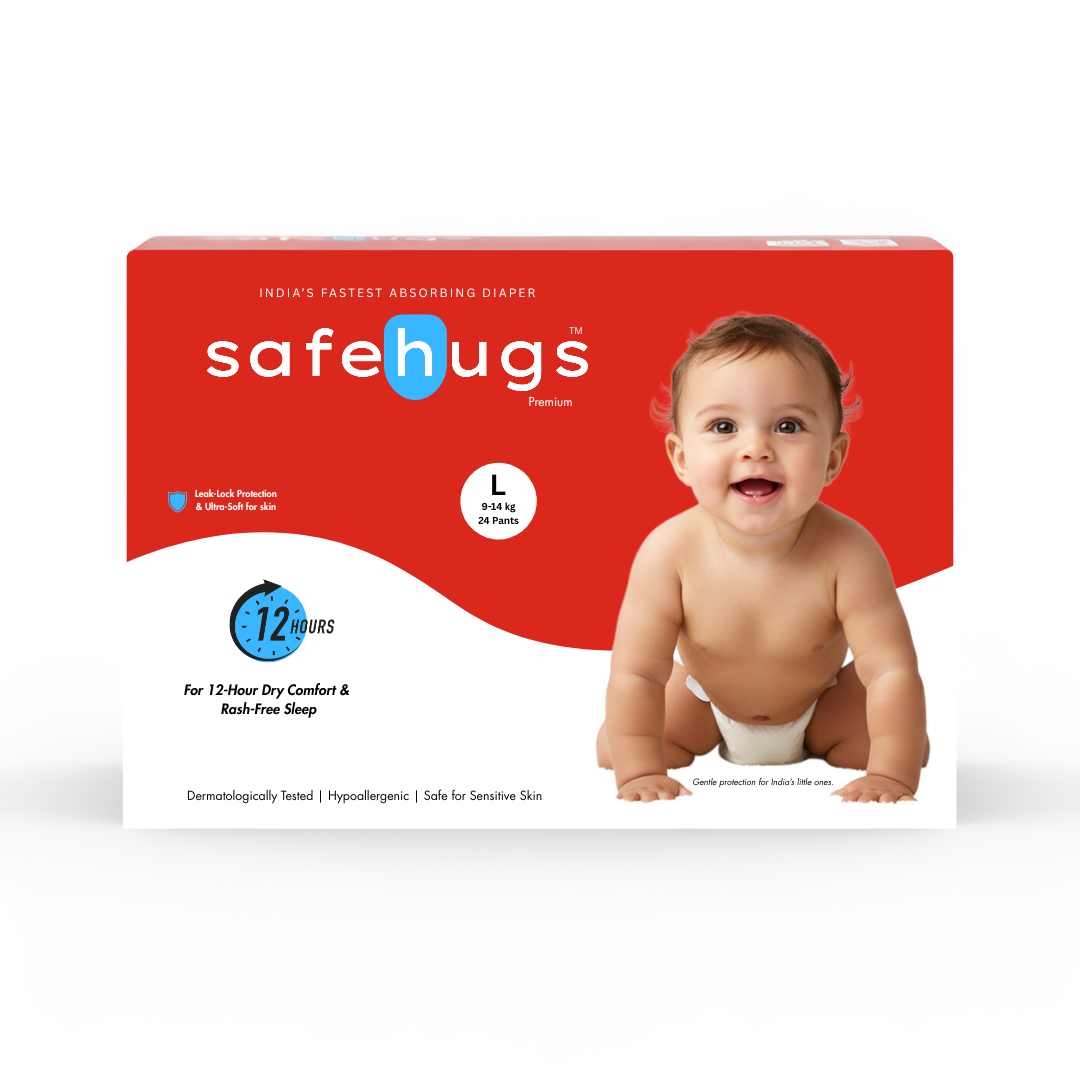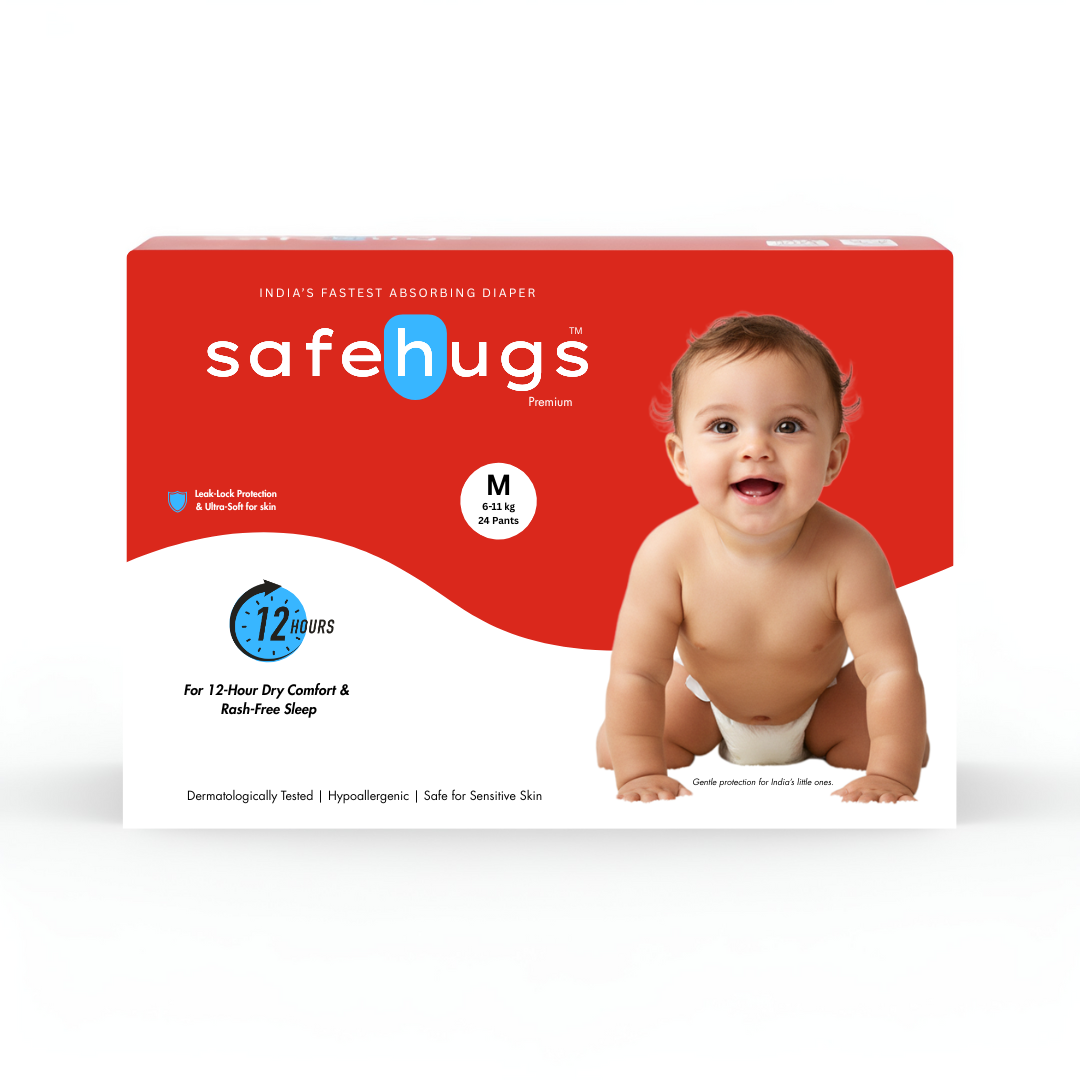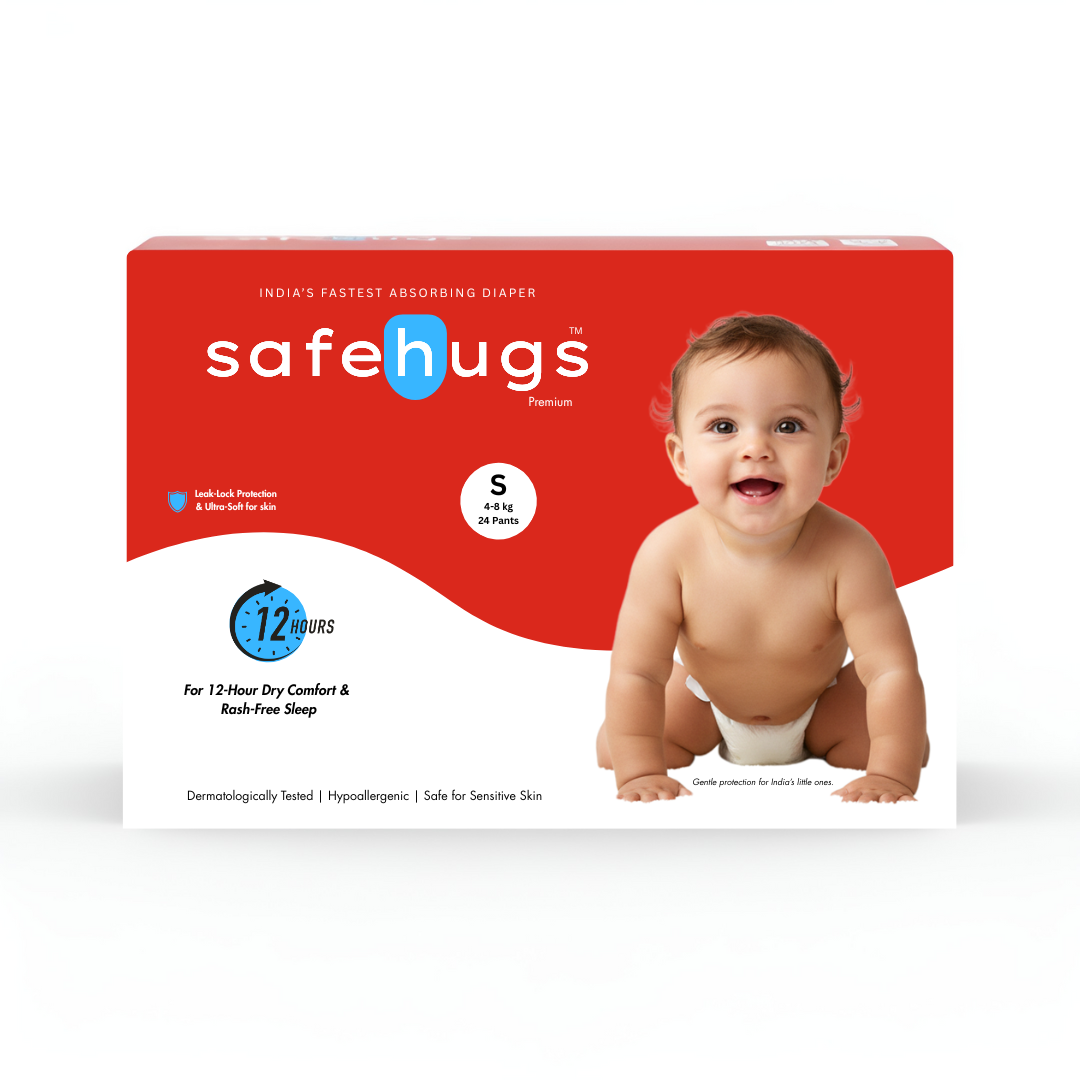Understanding Good Touch and Bad Touch
As parents and caregivers, one of our most important roles is to keep children safe and protected. One way we can do this is by teaching them about good touch and bad touch. Understanding these concepts is crucial for children to feel empowered, safe, and secure in their interactions with others.
What is Good Touch?

Good touch is any physical contact that is safe, comfortable, and makes you feel happy. Examples of good touches include hugs from family members, high-fives with friends, and pats on the back. It's important for children to know that good touches are normal and can help build strong, positive relationships with others.
What is Bad Touch?
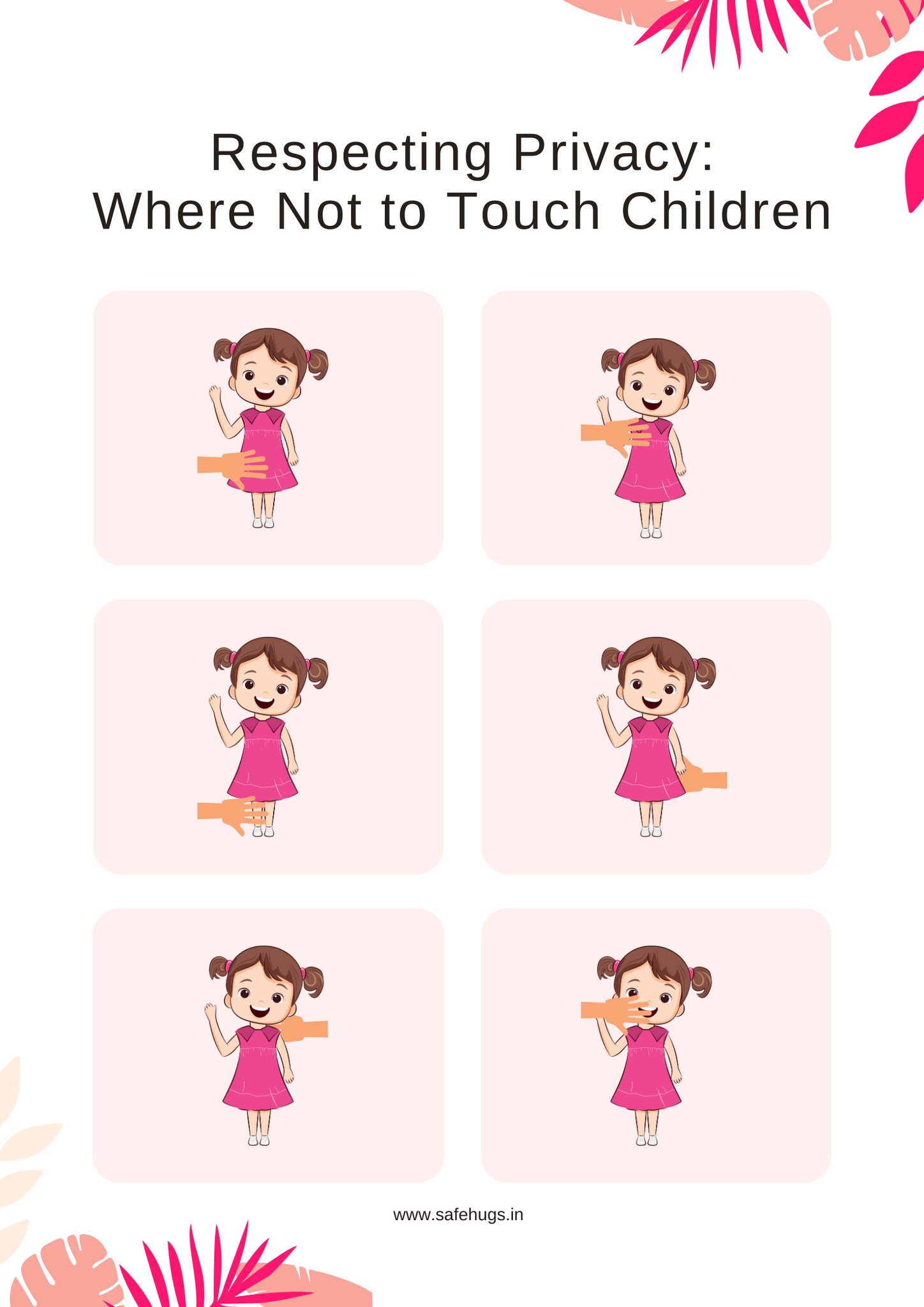
On the other hand, bad touch is any physical contact that is uncomfortable, unsafe, and makes you feel confused or scared. Examples of bad touches include hitting, kicking, and unwanted touching of private body parts. Children need to understand that bad touches are not okay and that they have the right to say no to them.
Teaching Children About Good Touch and Bad Touch
As parents and caregivers, it's crucial to educate our children about body safety and boundaries from a young age. These conversations can be challenging but are essential for their well-being and safety. Here are some key points to consider when discussing this important topic with your child:
Teach Anatomical Names of Body Parts:
- Introduce the anatomical names of body parts alongside other body parts like head, arms, and legs.
- Explain that knowing these names helps them communicate about their bodies.
Start Conversations Early:
- Talk about body parts and privacy during everyday activities like bath time or pool visits.
- Create a comfortable environment where children feel safe discussing their bodies with you.
Discuss Body Privacy:
- Teach children about body privacy, emphasizing that some parts of their bodies should not be touched, photographed, or shown to others.
- Use the swimsuit rule as an easy-to-understand example, where private body parts are those covered by a swimsuit.
- Explain exceptions to the rule, such as when parents need to change a baby's diaper or during a doctor's visit.
|
"Parents should also model healthy boundaries and respectful behaviour in their own interactions. Children learn by example, so demonstrating respectful touch and communication can reinforce the importance of these concepts."- Dr. Emily Brown, Child Development Specialist.
|
Encourage Open Communication:
- Let your child know they can talk to you about anything, including their bodies.
- Explain that they should never keep secrets from you, especially if someone tells them to.
Address the concept of safety beyond just strangers:
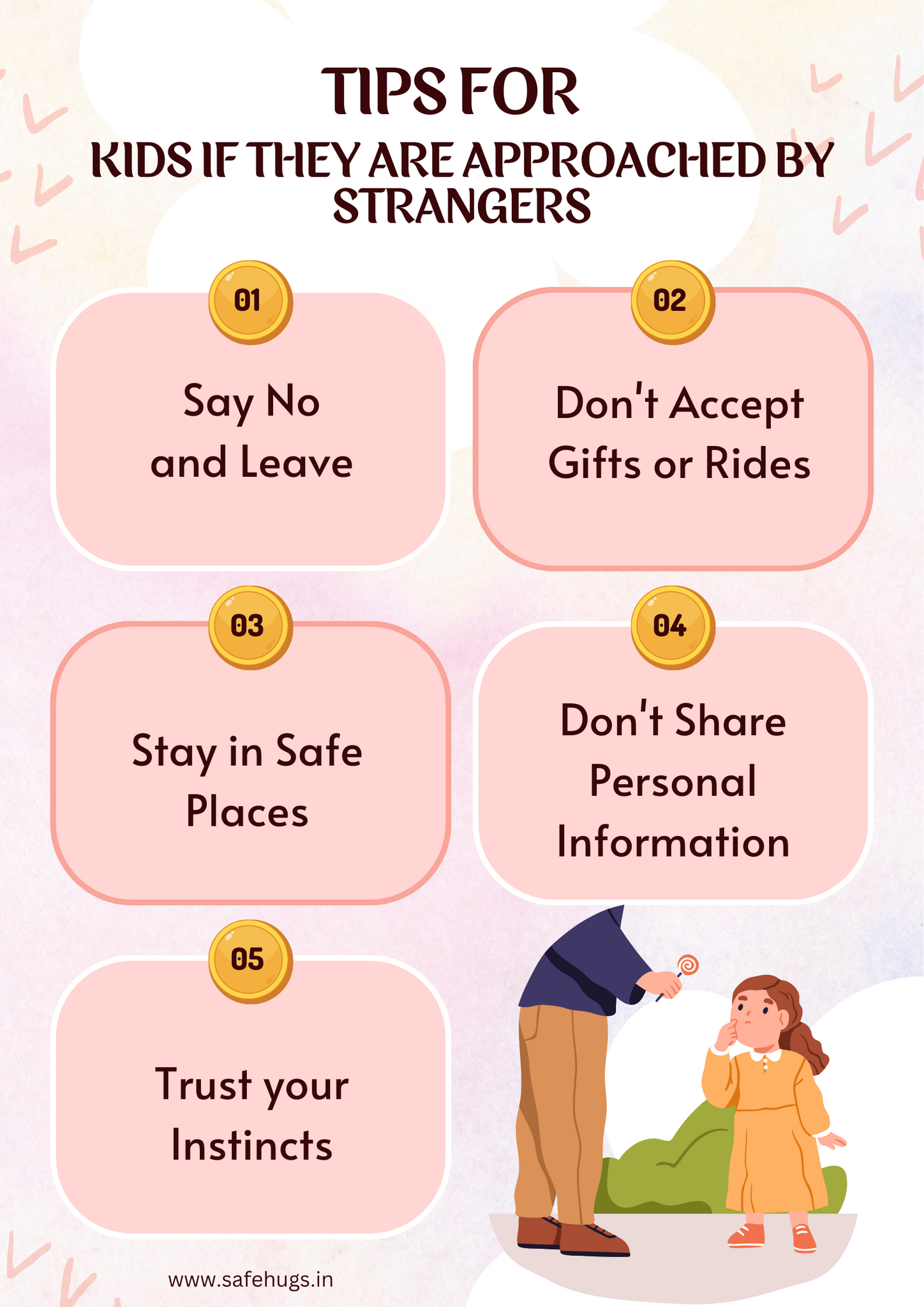
- While teaching about stranger is danger is important, also discuss the fact that most sexual abuse cases involve someone the child knows.
- Be aware of situations where your child may be alone with another adult, such as a coach or troop leader.
Teach Response to Bad Touch:
- Teach your child to say no to inappropriate touches and to yell for help.
- Encourage them to run to a trusted adult for safety.
- If away from home, they should know how to contact you or another trusted adult for help.
- Teach them to trust their feelings and instincts and to seek help from a trusted adult if they ever experience a bad touch.
Identify Trusted Adults:
- Help your child identify trusted adults they can approach if they feel uncomfortable or are inappropriately touched.
- Ensure they know they can turn to you, teachers, doctors, or police officers for help.
In addition to teaching children about body safety and boundaries, it's important to equip them with specific safety rules to follow. These rules can help children recognize inappropriate behaviour and know how to respond. Here are some key safety rules to teach your child:
- Do not touch anyone else's private body parts.
- Do not let anyone touch their own private body parts in front of you.
- Do not allow anyone to ask you to touch their private body parts.
- Do not undress unless it is a doctor checking if you are hurt or sick.
- Do not let anyone take photos or videos of you without clothes on.
- Do not look at or share photos or videos of people without clothes on.
- You can choose who can touch you, kiss you, or hug you. You can say "no" if you are not comfortable.
Building Safe Environments:
Creating a safe environment for children is essential. Educate caregivers, teachers, and other adults about the importance of respecting children's boundaries and teaching them about good touch and bad touch. Research indicates that children who receive education on body safety and boundaries are more likely to recognize inappropriate behaviour and report it to a trusted adult. Encourage open dialogue and create a culture where children feel safe to speak up about anything that makes them feel uncomfortable.
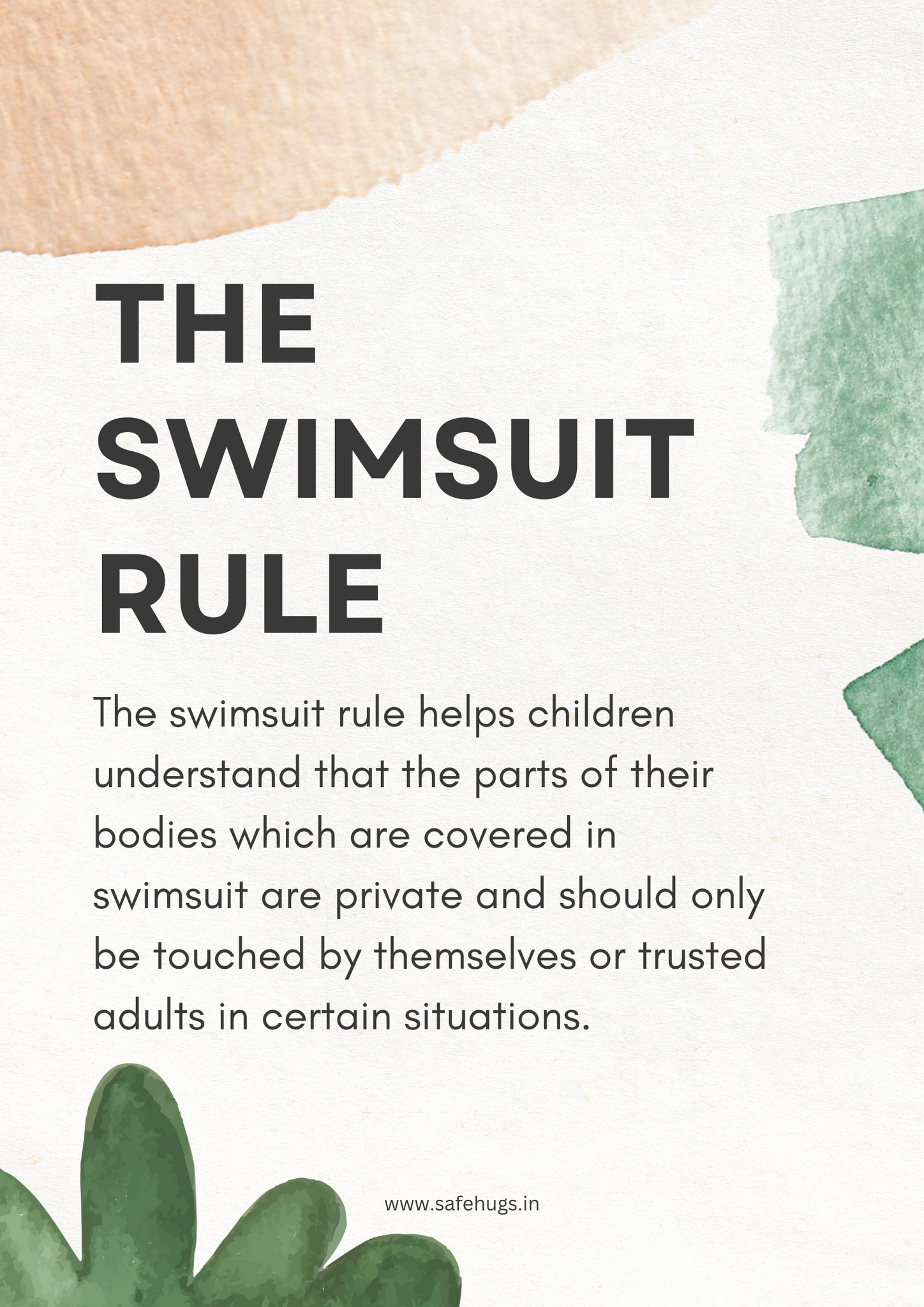
Establishing Boundaries:
Help children understand that they have the right to set boundaries with others regarding their bodies. Encourage them to speak up if someone is touching them in a way that makes them uncomfortable, even if it's a family member or friend. Studies show that children who are educated about body safety and boundaries are more likely to report inappropriate behaviour and seek help when needed.
Consent and Respect:
Emphasize the importance of respecting others' boundaries and seeking consent before touching someone else. Teach children that they should always ask for permission before hugging or touching someone else, and that it's okay to say no if they don't want to be touched.
| "I taught my daughter about good touch and bad touch using the swimsuit rule, and it has made her more aware and confident in setting boundaries." - Parent |
Online Safety:
Include a discussion about online safety and the importance of being cautious when interacting with others on the internet. Teach children to never share personal information or photos online and to immediately report any inappropriate or uncomfortable interactions.
Regular Check-Ins:
Make it a habit to check in with children regularly about their feelings and experiences. This can help them feel more comfortable discussing difficult topics and ensure that they feel supported and protected.
| "Teaching children about good touch and bad touch should be an ongoing conversation. As children grow and develop, their understanding of these concepts will evolve, so it's important to revisit and reinforce these discussions regularly." - Dr. Michael Smith, Pediatrician. |
Empowering Through Knowledge:
Ultimately, the goal is to empower children with knowledge and understanding, enabling them to navigate the world with confidence and assertiveness. By fostering open communication and creating a safe environment, we can help children develop healthy boundaries and relationships that will serve them well throughout their lives.
Teaching children about good touch and bad touch is an important step in keeping them safe and protected. By educating them about these concepts and creating a safe environment for them to speak up, we can help empower them to protect themselves and build healthy, positive relationships with others.


